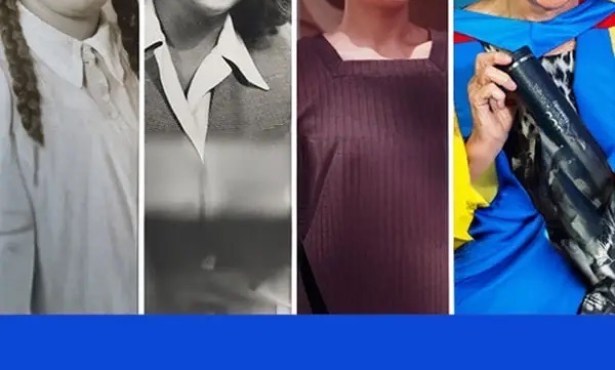Peter Bradley at the Squire Foundation
Artist Is Subject of New Book on Color in Modern Art
As of 2017, “outreach” has become one of the most common terms heard in the arts, but back in 1971, the idea of putting on a show of abstract art by a group of mostly New York City–based artists in an abandoned movie theater in Houston’s poverty-stricken Fifth Ward was virtually unheard of. For Peter Bradley, the venerable painter who will be in Santa Barbara all of March as artist in residence at the Morris B. Squire Foundation, The Deluxe Show, as it was called after the theater in which it was located, was a chance to give people an experience that was “like the new world we’re all striving towards, free of obstruction.”
The show’s sponsors, John and Dominique de Menil, were at the beginning of what would become an extraordinary career in art and philanthropy, and Bradley, then painting and working in Manhattan’s influential Klaus Perls Gallery, made a most prescient choice for the exhibition’s curator. Having turned down an invitation to be part of the Whitney Museum’s controversial Contemporary Black Artists in America exhibition earlier in the year on the grounds that it reduced the artists involved to tokens of their racial identity, Bradley took the de Menils’ offer to come to Houston with a show as a chance to exhibit nationally known black artists alongside such major proponents of color painting as Kenneth Noland, Jules Olitski, and Larry Poons.
Bradley has accomplished a great deal since this curatorial coup in 1971, and he’s hard at work now at the Squire Foundation’s palatial headquarters in the hills off Route 154. But I emphasize his responsibility for The DeLuxe Show both because it’s an important milestone in art history — the first major show to comprehensively integrate black modernists with their white contemporaries — and because it’s what makes Bradley the hero of a fascinating new book called 1971: A Year in the Life of Color by Darby English, the Carl Darling Buck Professor of Art History at the University of Chicago. Professor English stands at the forefront of a movement among art historians to uncouple African-American aesthetic practice from a strict regime of racialization. Along with another 2016 publication, Susan Cahan’s Mounting Frustration: The Art Museum in the Age of Black Power, 1971: A Year in the Life of Color represents a wave of renewed interest in the swirling eddies of identity politics that swept through the institutions of fine art in the 1960s and 1970s. English finds in Bradley an early avatar of his own position, which values abstract art for its optimistic embrace of individual idiosyncrasies.
While he is in Santa Barbara, Bradley will be forwarding the Squire Foundation’s mission of creative empowerment with a series of public appearances, including an Abstract Art Workshop at the Community Arts Workshop on Garden Street March 10-12, a night of blended art forms at the Foundation’s Villa Maria on March 16, a meet and greet at the Lobero prior to the John Pizzarelli concert on March 23, and an exhibition at the GraySpace Gallery (219 Gray Ave.) in the Funk Zone on March 31, 5-8 p.m.
For more information about Peter Bradley or any of these events, visit peter-bradley.com or thesquirefoundation.org.



